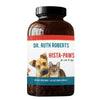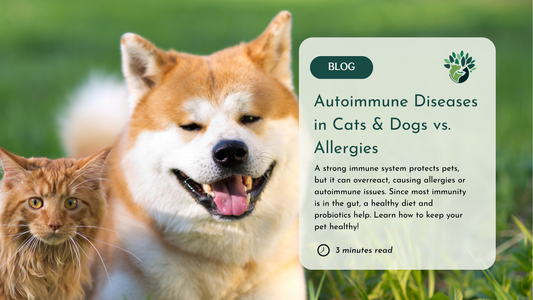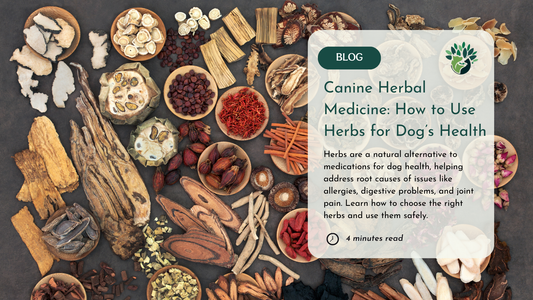Cat heart disease is a serious condition that affects your cat’s ability to pump blood properly. If left untreated, it can lead to major health problems—even sudden heart failure. The tricky part? Many cats show no obvious symptoms until the disease has progressed.
What are Cat Heart Diseases?
Cat heart disease refers to structural or functional issues within a cat’s heart. It can be congenital (present at birth) or acquired (developing later in life). Heart disease in cats affects the heart’s ability to pump blood efficiently, leading to fatigue, breathing difficulties, and other complications.
Depending on the condition and early detection, A cat heart disease may have a different life expectancy. Some cats can live for years with proper medical management, while others may have a shortened lifespan.
Types of Heart Disease in Cats
There are different types of heart disease in cats, but the most common ones include:
1. Hypertrophic Cardiomyopathy (HCM)
Hypertrophic cardiomyopathy (HCM) is the most common form of heart disease in cats. It thickens the heart muscles, making it difficult for the heart to pump blood effectively.
Certain breeds, such as Maine Coons and Ragdolls, are more prone to this condition. HCM can sometimes be asymptomatic, meaning a cat may show no visible signs until the disease has progressed. Regular veterinary screenings, especially for high-risk breeds, can help with early detection.
2. Congenital Heart Disease
Some cats are born with cat heart disease, which may involve heart valve abnormalities or defects in the heart’s structure. While some congenital conditions cause minimal issues, others may require medical intervention. Symptoms can range from mild to severe and may include heart murmurs, difficulty breathing, or stunted growth. Early diagnosis can improve long-term outcomes.
3. Restrictive Cardiomyopathy (RCM)
Restrictive cardiomyopathy (RCM) causes the heart walls to stiffen, making it harder for the heart to expand and fill with blood. This leads to decreased heart function and potential fluid buildup in the lungs or chest. Unlike HCM, RCM is less common but often progresses rapidly, making early detection critical.
Signs of Cat Heart Disease
Cats often hide signs of illness, so heart disease in cats may go unnoticed until the condition worsens. Be alert for these warning signs:
-
Labored breathing – Shortness of breath or panting.
-
Lethargy – Unusual tiredness or weakness.
-
Fainting or collapsing – Sudden loss of balance or consciousness.
-
Fluid buildup – Swelling in the chest or abdomen.
-
Leg pain or paralysis – Blood clots blocking circulation to the back legs.
How to Prevent Heart Disease in Cats
While not all cases of cat heart disease can be prevented, you can take proactive steps to maintain your cat’s heart health:
-
Schedule regular veterinary check ups: Early detection can make a big difference.
-
Provide a heart-healthy diet: Include taurine, omega-3 fatty acids, and antioxidants.
-
Maintain a healthy weight: Prevent obesity, which puts extra strain on the heart.
Caring for a Cat with Heart Disease
If your cat has been diagnosed with Heart Disease in Cats, proper care can help improve their quality of life.
1. Create a Comfortable Environment
-
Reduce stress and keep their living space quiet.
-
Provide easy access to food, water, and a cozy resting area.
2. Monitor Symptoms Regularly
-
Track changes in breathing and activity levels.
-
Watch for signs of fluid retention or sudden weight changes.
3. Focus on Nutrition
-
Heart-healthy diet: Include omega-3s, taurine, and low-sodium meals.
-
Home-cooked meals: Prepare fresh, balanced meals tailored to your cat’s needs, such as The Original CrockPet Diet.
-
Herbal supplements: Herbs like hawthorn berry and motherwort may support heart health, but consult a veterinarian before use.
Conclusion
Cat heart disease can have a serious impact on a cat’s well-being, but with early detection and proper care, cats can still enjoy a good quality of life. By recognizing symptoms early, providing a heart-healthy diet, and maintaining a stress-free environment, you can help your cat live comfortably. Always work closely with your veterinarian to monitor your cat’s condition and provide the best care possible.















